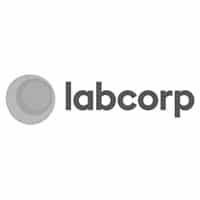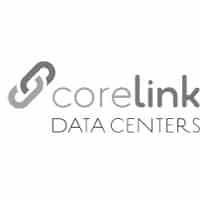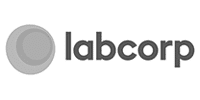
Data centers function with a continuous goal of maximizing uptime. It is important to avoid outages at all cost while constantly trying to improve energy efficiency and maximize data storage and speed. There are a variety of factors that influence data center outages but the bottom line is that, from time to time, they do happen. The problem is that, when outages occur, they are not only frustrating; they can result in data loss and significant financial loss. So, what is a data center to do? Are these outages simply unavoidable, aggravating occurrences? No. In fact, Emerson Network Power notes just how preventable these outages can be, “According to the 2013 Study on Data Center Outages by the Ponemon Institute, sponsored by Emerson Network Power, 71% of survey respondents said some or all of unplanned outages experienced within the last 24 months were preventable.” Below, we discuss 2 common types of data center outages that are, by and large, preventable.
- Human Error
- Human error is, unfortunately, one of the most highly cited reasons for data center outages. This can be avoided with simple measures such as shielding “emergency off” buttons. Emergency Power Off buttons are often not labeled correctly or protected properly and by simply shielding and labeling them, data center outages can be avoided. Additionally, well-communicated operating instructions and procedure methods can help reduce errors that occur from lack of information or knowledge. Finally, what may seem like a no-brainer – strict food and drink policies. Even a small liquid or food spill on critical equipment could lead to an outage so it is important to have strict regulations in place.
- UPS/Battery Failure
- Power supplies can fail for a number of reasons – age, local power outages, storms, surges, and more. For this reason it is critical that an uninterruptible power supply be used but, perhaps even more importantly, it is necessary to have redundancy. Have a power supply that is adequate size for your entire capacity and power load, as well as a backup power supply that is also adequate and be certain to perform proper UPS and battery maintenance routinely. Green House Data describes the importance of a proper DCIM, “As data centers become more and more dense, they are drawing more power at each rack. Don’t allow your UPS design to fall below your average IT load. A Data Center Infrastructure Management (DCIM) platform can help you evaluate power draw throughout a given period. Redundant UPS systems are also a necessity to achieve the goal of 100% uptime.”




























